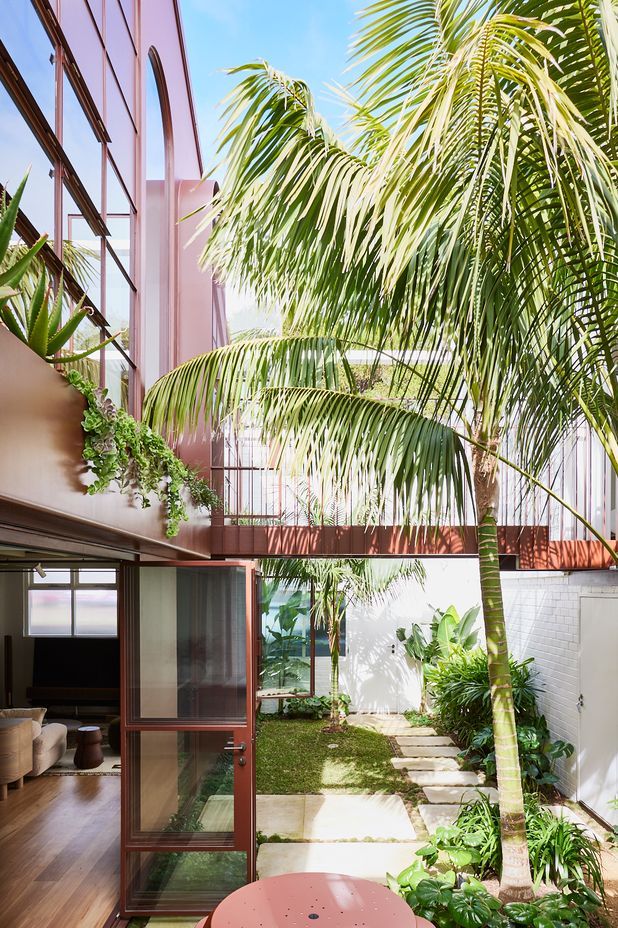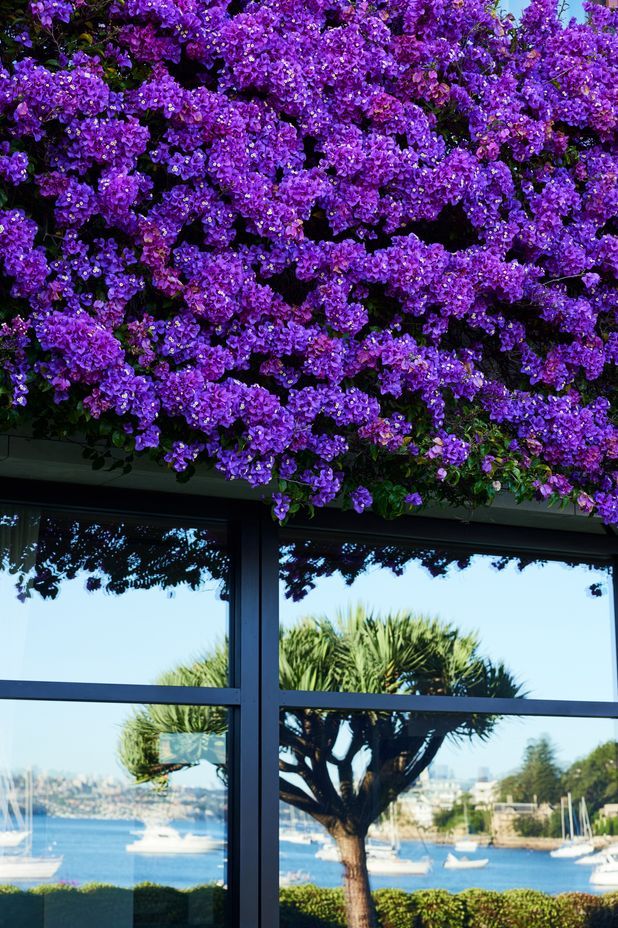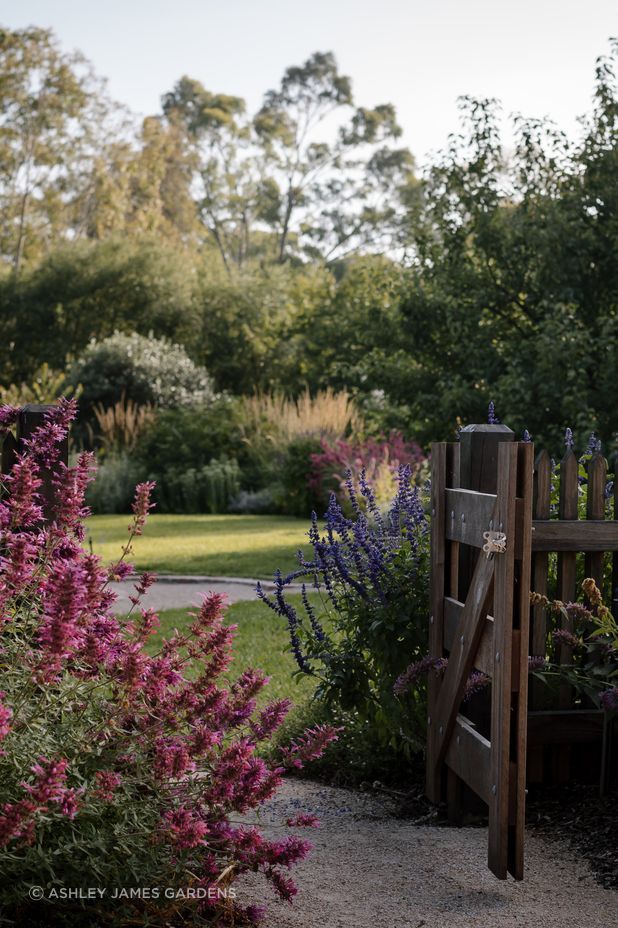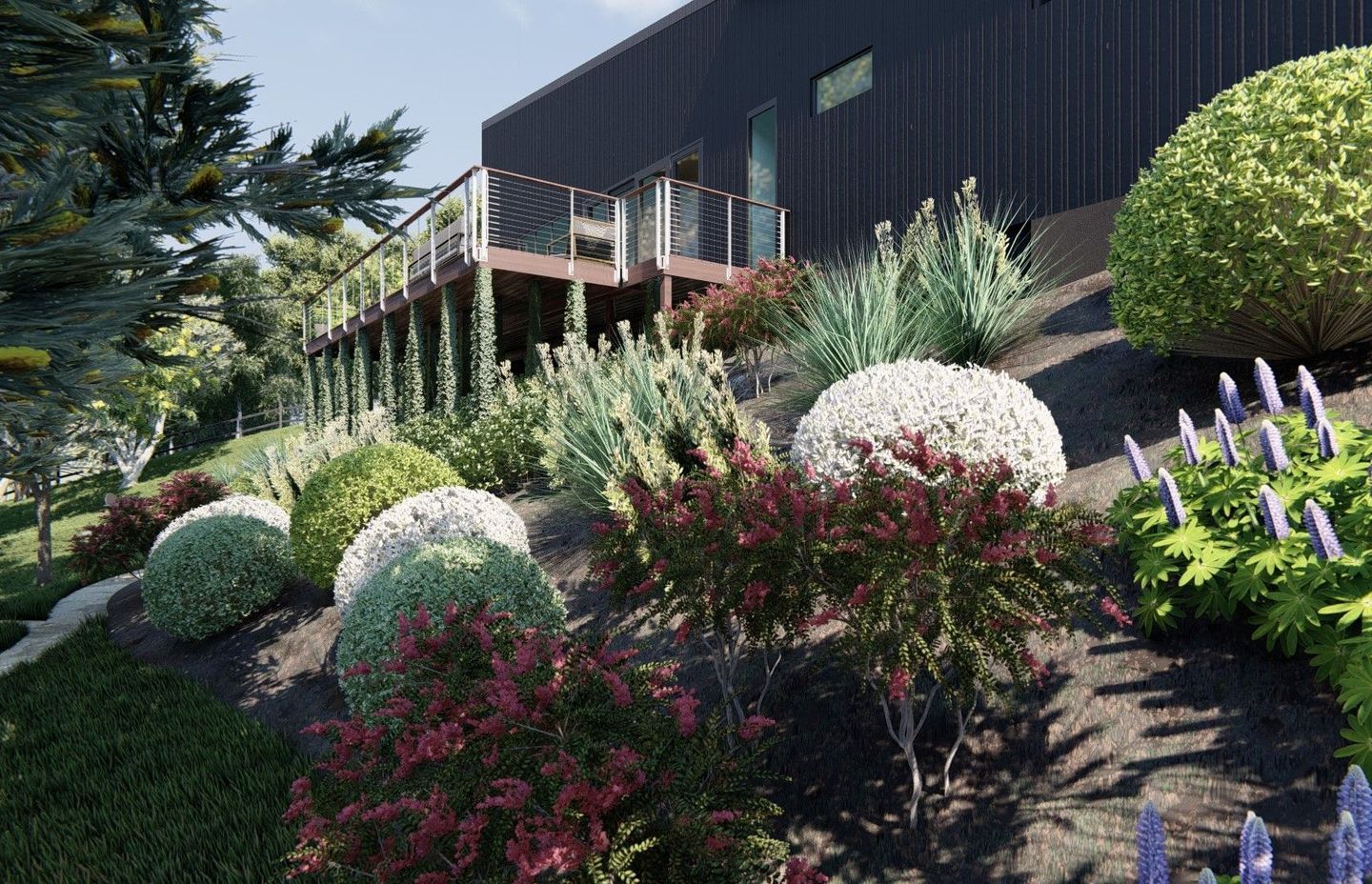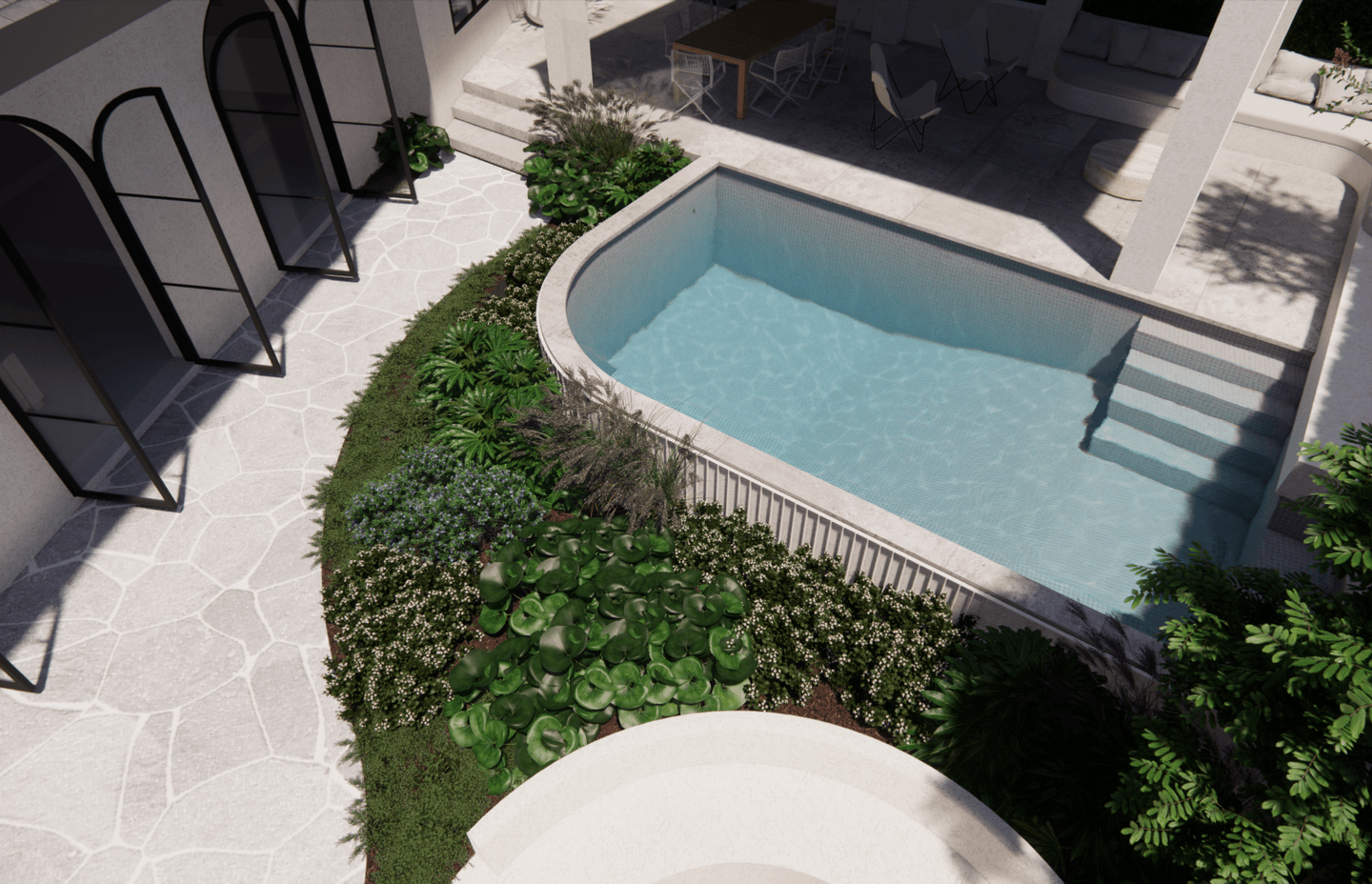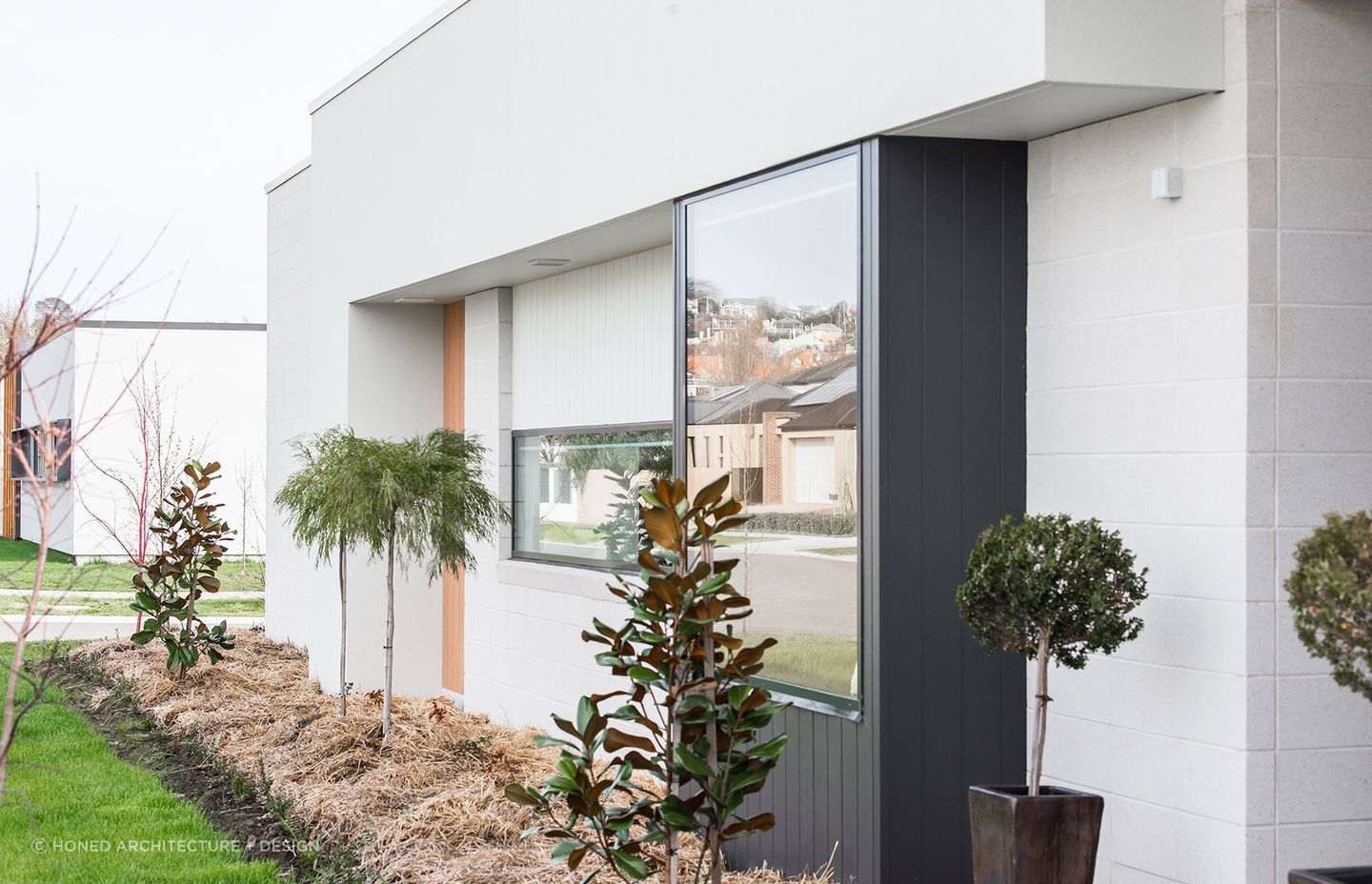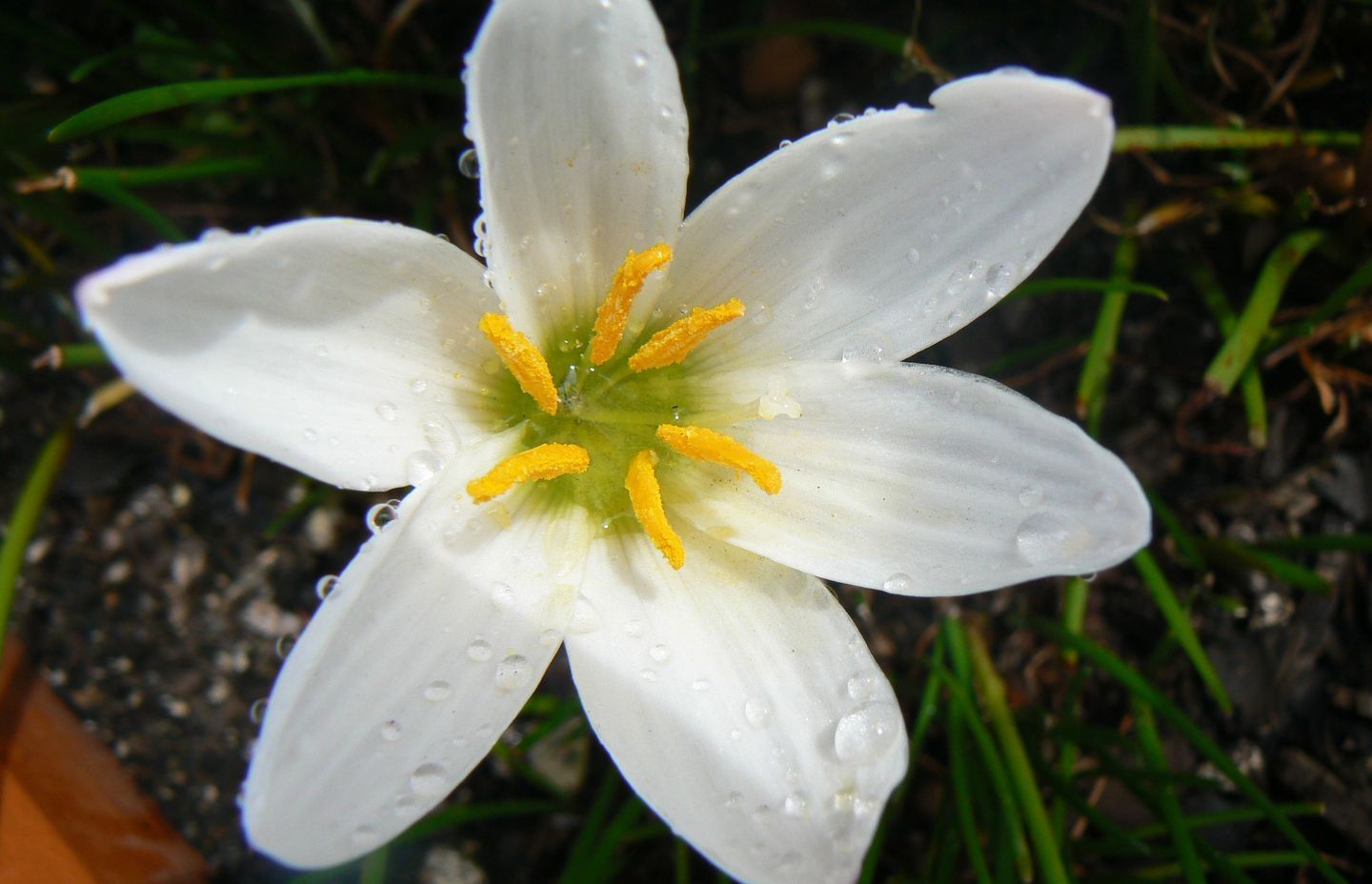21 of the best shade-loving plants for Australian gardens
Written by
10 January 2023
•
12 min read

While many plants – and people – thrive in the sun, there are a few plant and flower species that embrace the darkness. Shade-loving plants thrive with minimal sunlight, blooming to showcase vibrant, vivid flowers. Full shade refers to three hours or less of direct sunlight, while partial shade typically means three to six hours. Low amounts of sunlight work to create a vastly different microclimate than spaces exposed to direct sunlight, providing a fertile environment for a variety of unique, and often underrated, plant choices. These selections often boast beautiful scents and stunning pops of colour.
Shade-loving plants are ideal for spaces under trees, next to your house, or hung in baskets or containers, proving that even shady gardens and backyards can be filled with beauty and life. Read on to discover the best shade-loving plants for your outdoor space.
1. Hydrangea (Hydrangea spp.)
The Hydrangea, a beloved feature in many Australian gardens, is celebrated for its large, opulent flower heads that vary in hues of blue, pink, white, and purple, depending on the soil's acidity. Ideal for shaded areas, these deciduous shrubs can provide a stunning visual spectacle, especially during their peak blooming period in summer. The unique advantage of Hydrangeas lies in their ability to change colour based on soil conditions – more acidic soils produce blue flowers, while alkaline soils lead to pinker blooms. They flourish in rich, moist, well-draining soil and benefit from regular watering, particularly in dry spells. To help hydrangeas grow, it's advisable to prune them in late winter or early spring. Hydrangeas also offer versatility in landscaping, suitable for borders, as standalone features, or even in pots.
2. Bromeliad (Bromeliaceæ)
Bromeliads are a diverse group of plants that belong to the Bromeliaceae family, renowned for their vibrant, long-lasting flowers and striking foliage. These tropical plants flourish under canopies or in areas with filtered sunlight. They typically thrive in well-draining, loose soil or even in bark and rock gardens. Watering is unique for bromeliads; it's done by filling the central 'cup' formed by the leaf rosette and ensuring the soil at the base is moderately moist. They require minimal fertilisation and are relatively pest-resistant, making them a hassle-free choice.3. Mona lavender (Plectranthus)
Mona Lavender, a Plectranthus variety, is an excellent choice for shaded gardens, known for its striking deep purple flowers and lush dark green leaves with purple undersides. This plant thrives in cooler months, offering a delightful contrast to many summer-blooming plants. It prefers well-drained soil and regular watering, but overwatering should be avoided to prevent root rot. Mona Lavender benefits from light pruning, which encourages bushier growth and more prolific flowering. Its ability to flower in low light conditions provides vibrant colour when other plants might not be in bloom. Its compact size also makes it suitable for container gardening or as ground cover in shaded beds.
Related article: From clay to concrete: Navigating the landscape of garden pot materials
4. Winter daphne (Daphne odora)
Winter Daphne is a cherished plant, particularly noted for its intensely fragrant blooms that appear in winter and early spring. The small, clustered flowers are typically pink or white and are followed by red berries. This evergreen shrub prefers a sheltered position with dappled shade, well-drained soil, and protection from harsh afternoon sun and strong winds. Winter Daphne's slow growth rate and compact size make it ideal for smaller gardens or borders. Its main advantage is its fragrant flowers, which can enliven a garden during the colder months.
5. Bleeding heart (Lamprocapnos spectabilis)
The Bleeding Heart is a charming plant, easily recognised by its heart-shaped flowers in pink and white. These flowers hang from curved stems, giving the plant a unique and eye-catching look. It loves shady spots that are cool and moist, making it perfect for parts of the garden that don't get much sun. It blooms beautifully in spring, adding a splash of colour. The Bleeding Heart prefers rich soil that drains well and needs regular watering, especially when it's growing. One interesting thing about this plant is that its leaves and flowers fade away in the summer, which is great if you want to pair it with plants that bloom later in the year.
6. Rhododendron (Rhododendron spp.)
Rhododendrons are colourful flowers with spectacular clusters of large, vibrant blooms, primarily flourishing in spring. These evergreen shrubs thrive in dappled shade and prefer slightly acidic, well-drained soil that's rich in organic matter. Available in a variety of colours including pinks, purples, reds, and whites, Rhododendrons provide a dense, leafy backdrop in garden designs, along with their stunning floral display. They require regular watering, particularly during dry spells, and benefit from mulching to maintain soil moisture.
7. Tuberous Begonias (Begonia × tuberhybrida)
Tuberous Begonias are a beautiful choice for adding colour to shaded areas in your garden. They stand out with their big, bright flowers that look a bit like roses and come in red, pink, or white. These Begonias are perfect for spots that don't get much direct sunlight, like under trees or on a porch that's mostly in the shade. They like soil that's rich and drains well, and they need to be watered regularly but be careful not to over-water them. One of the best things about Tuberous Begonias is how they bloom in the summer, bringing a splash of colour when many other plants aren't flowering. They do go dormant in the winter, which means they die back and then come back in the spring, giving your garden a fresh start each year.8. Siberian bugloss (Brunnera macrophylla)
Siberian Bugloss, with its heart-shaped leaves and delicate blue flowers that resemble forget-me-nots, is a great addition to shaded garden areas. It flowers in spring and does particularly well under trees or in woodland-like settings. This plant thrives in moist, well-drained soil enriched with organic matter. Its foliage, often variegated, adds texture and visual interest to your garden throughout the growing season. For optimal health, it requires regular watering, particularly in dry periods, and benefits from mulching to maintain soil moisture. Siberian Bugloss is low-maintenance and can help suppress weeds due to its dense leaf growth.9. Sweet Box (Sarcococca spp.)
Sweet Box, also referred to as Sarcococca, comprises evergreen shrubs that are highly regarded for their aromatic flowers and glossy, dark green leaves. These shrubs come into bloom in winter, offering a delightful fragrance and vibrant greenery during the colder months. They are particularly well-suited for shaded areas and flourish in well-drained, humus-rich soil. A standout feature of Sweet Box is its exceptional fragrance and its adaptability to deep shade, making it an excellent option for difficult areas in the garden where other plants might not thrive as well.
10. Dead Nettle (Lamium spp.)
Dead Nettle, a hardy plant ideal for ground covering, is well-suited for shaded areas in the garden, particularly under trees or along borders. Its foliage, which can be silver or variegated, is complemented by blooms of pink, white, or purple flowers in spring and summer. This plant is appreciated for its ability to thrive in dry shade, making it an excellent choice for challenging spots where other plants might struggle. Additionally, Dead Nettle serves as an effective weed suppressant due to its dense growth. It prefers well-drained soil and, once established, shows good drought tolerance, requiring minimal maintenance.
11. Devil's Ivy (Epipremnum aureum)
Devil's Ivy, or Pothos, is a hardy plant well-suited for shaded and low-light areas. It features distinctive leaves that are glossy and heart-shaped, often with patterns of yellow or white. This plant is easy to care for, thriving in well-drained soil and requiring water only when the soil starts to feel dry. Its trailing growth makes it ideal for hanging baskets or as a climbing plant in shaded garden corners. Devil's Ivy is also noted for its air-purifying properties, helping to filter indoor air. It's a practical choice for those looking for a low-maintenance plant that can adapt to less sunny environments.
12. Foamflower (Tiarella cordifolia)
Foamflower, with its heart-shaped leaves and spikes of creamy white flowers, blooms in spring and early summer. These flowers resemble foam, adding a unique touch. Foamflower thrives in shaded areas, like under trees or in woodland settings. It prefers moist, well-drained soil enriched with organic matter. Its foliage, often displaying distinctive veining or marbling, forms a dense ground cover that creates a lush look in shaded spots.
13. Lungwort (Pulmonaria spp.)
Lungwort features a striking mix of spotted or variegated leaves and clusters of blue, pink, or white flowers that emerge in early spring. It favours shaded or semi-shaded areas and moist, well-drained soil. Lungwort's flowers are notable for changing colours, often starting pink and turning blue as they age. This plant is relatively easy to care for, needing just occasional watering in dry periods and removal of old leaves to promote new growth. It's an excellent option for bringing early spring colour to shaded garden beds.
14. Astilbe (Astilbe spp.):
Astilbe stands out with its feathery, plume-like flowers available in shades of pink, red, white, and purple, complemented by its fern-like foliage. This plant loves moist, shaded areas, making it a great choice for adding texture and colour to the garden from late spring to mid-summer. Astilbe thrives in rich, moist soil and benefits from regular watering, especially during dry spells. It's appreciated for its dramatic flower spikes and its ability to grow well in deep shade, where other flowering plants might not do as well. For the best results, ensure it gets enough moisture and consider dividing the clumps every few years to prevent overcrowding.
15. Fire Lily (Clivia miniata)
The Fire Lily, with its striking orange or yellow flowers and dark green, strap-like leaves, is a popular choice for shaded areas in Australian gardens. It blooms in late winter to early spring, providing a burst of colour when most other plants are dormant. Fire Lily prefers well-drained soil and is relatively drought-tolerant once established. It's particularly valued for its ability to flower in low-light conditions and its low maintenance needs.
16. Oakleaf Hydrangea (Hydrangea quercifolia)
The Oakleaf Hydrangea is a deciduous shrub notable for its oak-leaf-shaped foliage and large, conical flower clusters that bloom in summer. The flowers start white and gradually turn to a rosy-pink as they age. This hydrangea variety thrives in part shade and well-drained soil, making it an excellent choice for shaded garden areas. The plant is particularly valued for its striking foliage, which provides visual interest even when not in bloom, and its ability to attract pollinators. Care tips include regular watering, especially during dry spells, and minimal pruning, mainly to remove dead or crossing branches.
17. Winter Roses (Helleborus spp.)
Winter Roses, or Hellebores, are plants that bloom early, often in winter and early spring. Their flowers come in shades of white, pink, purple, and green. They grow best in well-drained soil in shaded or semi-shaded areas and are appreciated for bringing colour to the garden during the coldest months when most plants are dormant. To care for them, mulch to retain soil moisture and protect the roots in winter, and remove old or damaged leaves to showcase the flowers and promote new growth.
18. Foxgloves (Digitalis spp.)
Foxgloves, with their tall spikes of tubular flowers in pink, purple, white, and yellow, bloom from late spring to early summer. They bloom in late spring to early summer and are ideal for adding height and colour to a shady garden. Foxgloves prefer moist, well-drained soil and can tolerate partial shade. They're particularly valued for their dramatic flower spikes and their ability to attract pollinators like bees. Care tips include regular watering, especially during dry periods, and removing spent flower spikes to encourage more blooms.
19. Coral Bells (Heuchera spp.)
Coral Bells feature colourful, ruffled foliage in shades of green, purple, red, and silver, and they produce delicate bell-shaped flowers on slender stems in late spring and early summer. They do well in part shade and well-drained soil, making them a good choice for shaded gardens. Their foliage offers year-round interest, and their compact size suits borders, containers, or ground cover. Water them regularly, especially during hot, dry periods, and remove old flower stems to promote new growth.
20. Giant Mondo Grass (Ophiopogon jaburan)
Giant Mondo Grass is a clump-forming perennial with long, dark green leaves that create a lush, grass-like appearance. It's ideal for shaded areas, providing a low-maintenance ground cover or border plant. Giant Mondo Grass prefers well-drained soil and can tolerate a range of light conditions, from full shade, dappled or partial shade to partial sun. It's valued for its ease of care, drought tolerance, and ability to fill in large areas with its dense foliage. Care tips include occasional watering in dry periods and dividing the clumps every few years to rejuvenate growth.
21. Rock Lily (Arthropodium spp.)
Rock Lily is a shade-loving plant, appreciated for its strappy leaves and delicate, star-shaped flowers that bloom in spring and summer. It adapts well to both shady and sunny conditions, making it a versatile addition to various garden spots. This plant is notably drought-tolerant and thrives in rocky or sandy soils, which makes it an excellent choice for naturalistic or rock gardens. Rock Lilies require minimal watering, particularly after it's well established, and benefits from the removal of spent flower stalks to keep it looking neat and tidy.
Don't let a lack of sun ruin the beauty of your garden
It's clear that the absence of sun doesn't have to equate to a lack of beauty in a garden. With the right selection of plants that thrive in the shade, any gardener can create a space brimming with diverse textures, colours, and scents.
Explore residential landscaping projects and find the right landscaper for your next project on ArchiPro.
